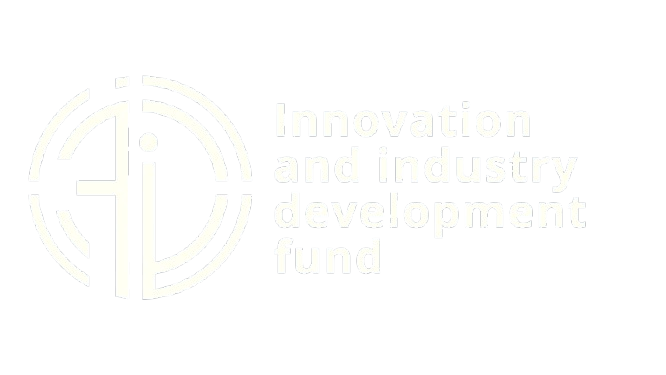
Automation of Government Monitoring: Towards Efficient and Fair Governance
Author: Shirin Atlasova | Project Manager, IDF
shirin.atlasova@idf.tj
In the modern world, government organizations worldwide are actively leveraging the transformative potential of digital technologies to automate interactions with citizens, businesses, and among themselves. Automation in the public sector opens up vast opportunities, promising to increase the efficiency of government operations, improve the quality of decisions made, and provide greater convenience for citizens when interacting with the state. However, alongside the obvious advantages, this process also carries potential risks, such as compromising social values for economic gain, misjudging citizen circumstances, and the need to compensate for the consequences of algorithmic errors.
Let’s delve deeper into the implications of automation and the approaches to implementing initiatives that maximize its benefits and minimize its risks. We will consider a number of key questions:
How to identify areas of public policy and public services most suitable for automation? Identifying such areas requires a thorough analysis of current processes, pinpointing inefficiencies, and understanding where automation can bring the greatest benefit without compromising critical aspects.
What questions regarding potential benefits and costs should governments ask before embarking on the automation process? Before proceeding with automation, a comprehensive cost-benefit analysis must be conducted, taking into account not only financial aspects but also social, ethical, and operational costs and benefits.
How should governments monitor the benefits and costs during the automation process and determine whether automation has had the desired impact? Effective monitoring is key to successful automation. Clear metrics and indicators need to be developed to track progress, identify problems, and assess the real impact on public services and citizens.
How to organize and manage automation efforts? Successful automation requires a comprehensive approach, including institutional readiness, human capacity development, process innovation, and coordinated action across the entire government.
These questions will be explored based on our case studies from other countries that have already gone through this, as well as 6 government sectors (administration, finance, justice, procurement, registry, and welfare). Each case study identifies the problem automation was designed to solve or the service it was designed to deliver; the potential benefits and costs of automation that were relevant in each context; and examples of how automation was implemented to reduce costs and monitored to ensure high impact without unintended negative consequences.1
I hope you’re looking forward to it! It will be interesting!)) As we will be able to formulate a taxonomy of benefits and risks of government automation initiatives, and also highlight the main factors that government organizations should consider when realizing the benefits and managing the risks of such initiatives.


